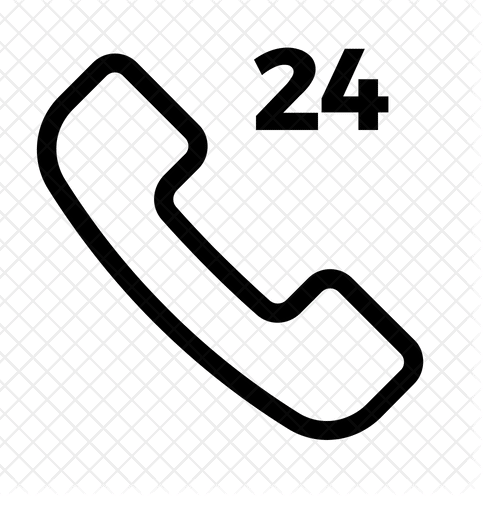Jewish Mourning Customs
Jewish traditions provide us with specific ways to help us return to society and normal life after the loss of a loved one
- Caring for the deceased is a part of the mourner’s responsibility. This period is known as aninut – making certain that the body is respectfully prepared for burial
- Sitting Shiva is the first stage of the mourning process and is observed for 7 days
- Shloshim refers to the 30 days after burial
- Avelut is the final stage and is only observed for a parent
Unveiling of a Jewish Tombstone
Unveiling or “Hakamat Mateivah – raising of the stone” can take place anytime after Shiva ends and up to one year after the death of a loved one. Close family members and friends are invited to the gravesite and a cloth that covers the stone is removed. The short ceremony includes Psalms or other favorite bible verses for funerals. A few people may share their thoughts about the deceased. According to Jewish death and mourning customs, a stone is a symbol of eternity. The Hebrew word “Tzur” or stone is sometimes referred to for God, reminding people that God is our rock, strength or support during our times of sadness.
After the unveiling anyone can visit the grave at any time, but there are certain days where one should visit:
- After ending the restrictions of Shiva
- Shloshim, the 30th day of mourning
- At the end of the 1st year
- Yahrzeit, the anniversary of the death, each year
- The day before Rosh Hashanah
- The day before Yom Kippur





